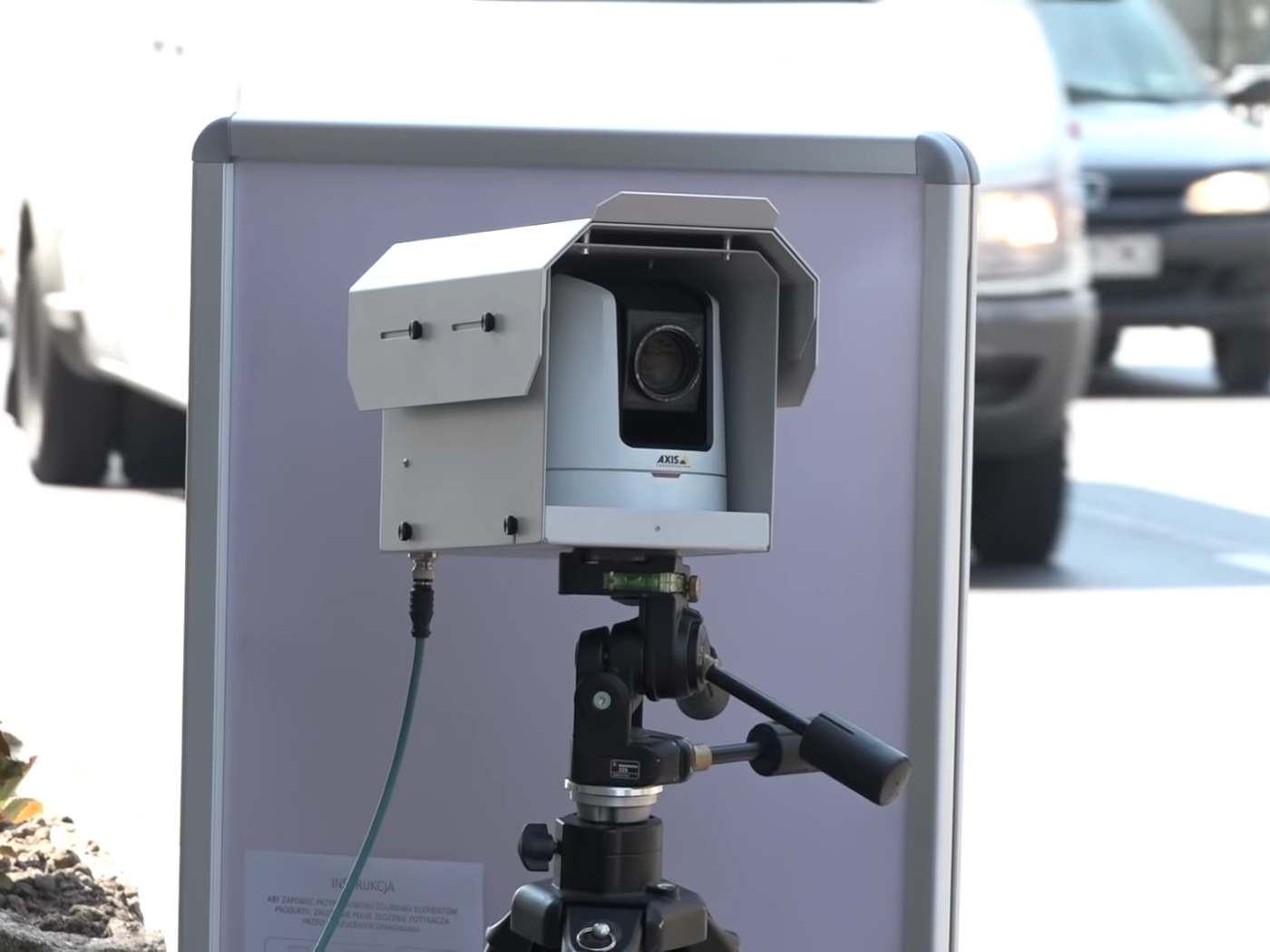This website uses cookies so that we can provide you with the best user experience possible. Cookie information is stored in your browser and performs functions such as recognising you when you return to our website and helping our team to understand which sections of the website you find most interesting and useful.
Measure, plan, integrate – workshop on modelling LEZs

When planning a Low Emission Zone, the most polluting vehicles should be eliminated first, and alternative means of transport should be offered to the residents. The introduction of a LEZ will bring the expected results only in conjunction with an appropriate, comprehensive system of transport in the city – emphasized ICCT experts during the workshop they conducted for the “Laboratory of Low Emission Zones” project.
The International Council on Clean Transportation (ICCT) is a non-profit organization that i.a. measures real pollutant emissions from vehicles and prepares scenarios for establishing Low Emission Zones around the world – including Krakow and Warsaw. As part of the “Laboratory of Low Emission Zones” workshop, ICCT experts Kaylin Lee and Yoann Bernard shared their experiences in collecting and analyzing data with local government officials from all over Poland, including Białystok, Gdańsk, Gdynia, Łódź, Poznań, Warsaw and Wrocław.
– Basing the operating model on emission measuring emissions on roads, rather than in laboratories, is dictated by the fact that emission tests in laboratory conditions carried out as part of vehicle certification often give much lower results than test in road conditions – also due to manufacturers’ manipulations. The best-known example of such a procedure is the so-called Dieselgate scandal – explained Yoann Bernard. – For example, in Warsaw, measurements show that many vehicles exceed the emission standards for which they are certified, either due to poor maintenance or the removal diesel particulate filters – added Kaylin Lee.
What does the measurement of real emissions look like in practice? A mobile measuring point placed on the street measures the emissions of nitrogen dioxide, nitrogen oxide and carbon monoxide from vehicle exhaust pipes, and estimates the concentration of particulate matter based on the transparency of the exhaust gas column. Simultaneously, a video camera captures a digital image of the license plate, and remote kinetic sensors measure the speed and acceleration of the vehicle. The system also records the temperature, humidity and air pressure on location. By analyzing this data and the detailed characteristics of vehicles, it is possible to determine what types of cars and in what numbers move on local roads, and thus which ones are responsible for the largest share of transport pollutant emissions. On this basis, it is possible to determine the optimal scope and pace of introducing restrictions on entry to the Low Emission Zone. – It is worth starting with identifying and dealing with those groups of vehicles whose share in emissions is significantly higher than their share in the fleet. This maximizes the positive impact on air quality in relation to the number of drivers affected by the restrictions, which in turn will reduce public resistance – emphasized the ICCT expert.
What restrictions should be imposed in the first stage of the zone’s operation? – At the beginning, it is advisable to limiting entry for no less than five percent of the fleet – if this number is lower, it will be difficult to noticeably improve air quality. However, initial restrictions should not apply to more than 10 percent of vehicles – regulations affecting so many drivers will cause resistance – explained Yoann Bernard. In his opinion, in public consultations, the initial proposition should limit the entry to the zone for 7-8 percent of vehicles. Such an approach ensures that, in the event of an unfavorable reaction of the local community, there is room to slightly ease the restrictions, while maintaining a significant positive impact on air quality.
ICCT experts explained that when planning the next stages of tightening restrictions on entry to the zone, their projected impact not only on improving air quality, but also on the daily functioning of city residents should be taken into account. Faster and more radical reduction of access to LEZ naturally leads to faster reduction of pollutant emissions – however, this does not mean that it is always the best solution. Yoann Bernard pointed out that when introducing the Zone, one should remember about the residents’ comfort of living – in particular when it comes to the elderly and those for whom replacing a car with a newer, less polluting one may be difficult for financial reasons.
Moreover, the effectiveness of a LEZ depends to a large extent on the modes of transport that drivers will use to replace high-emission vehicles. – In the best-case scenario, of course, they will switch to low- and zero-emission modes, for example, public transport or bicycles – but this requires an appropriate transport system throughout the city. The positive impact of Low Emission Zones on health and the environment can only be maximized if the Zone is integrated with the city’s transport policy and residents have attractive alternatives to cars at their disposal – emphasized the ICCT expert.
(photo: Miasto Kraków on YouTube)
